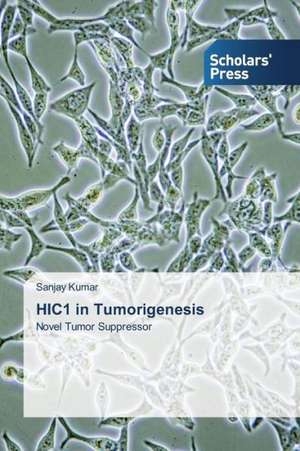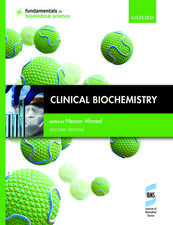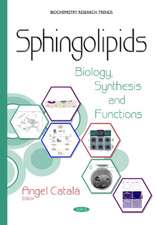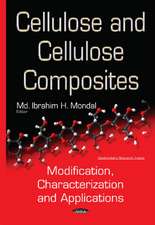Hic1 in Tumorigenesis: A Microbiological Prespective
Autor SANJAY KUMARen Limba Engleză Paperback – 25 noi 2015
Preț: 474.58 lei
Preț vechi: 515.84 lei
-8% Nou
Puncte Express: 712
Preț estimativ în valută:
90.85€ • 93.44$ • 75.37£
90.85€ • 93.44$ • 75.37£
Carte tipărită la comandă
Livrare economică 19 februarie-05 martie
Preluare comenzi: 021 569.72.76
Specificații
ISBN-13: 9783639761306
ISBN-10: 3639761308
Pagini: 156
Dimensiuni: 152 x 229 x 9 mm
Greutate: 0.24 kg
Editura: Scholars' Press
ISBN-10: 3639761308
Pagini: 156
Dimensiuni: 152 x 229 x 9 mm
Greutate: 0.24 kg
Editura: Scholars' Press
Notă biografică
Sanjay received his PhD from AIIMS in 2011 (Brain Cancer Biochemistry). He moved to US and carried his research further in the field of Cancer and Stem cell therapy. He explored HIC1 role in tumorigenesis also cloned and expressed GC-rich HIC1. He discovered mechanism of stem cell survival in heart tissue during early and late phase of protection.














